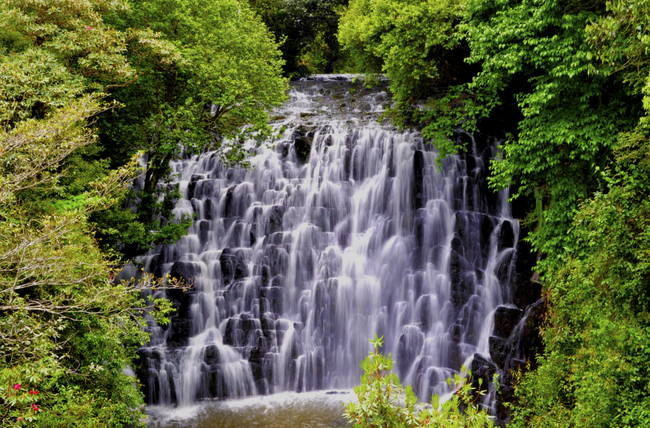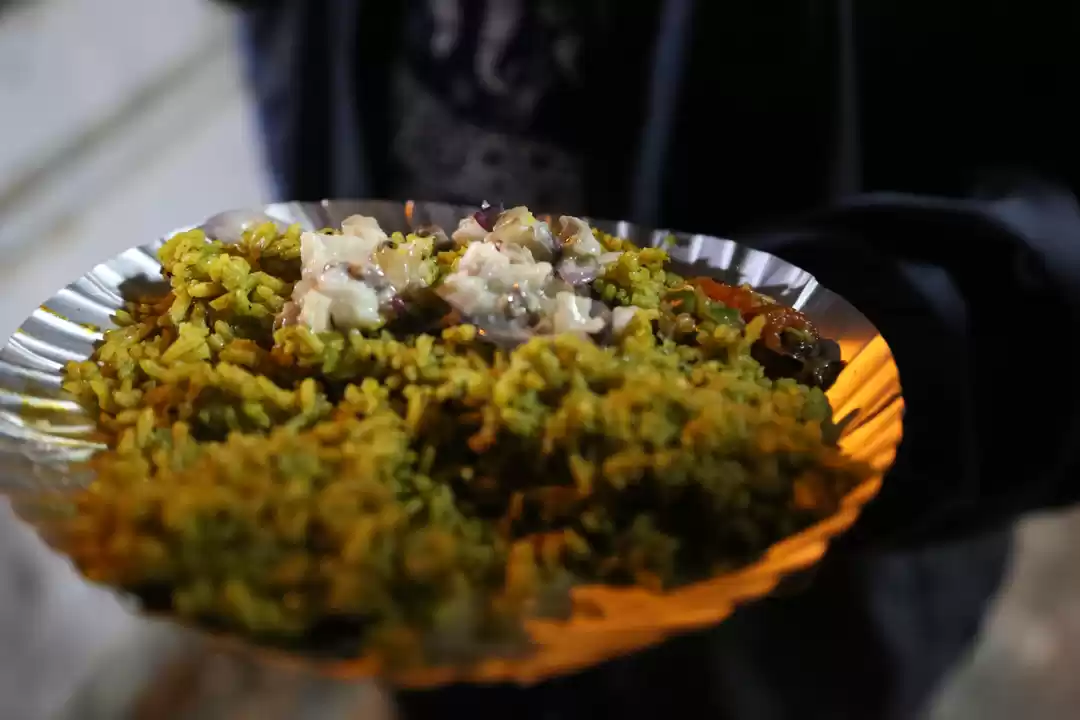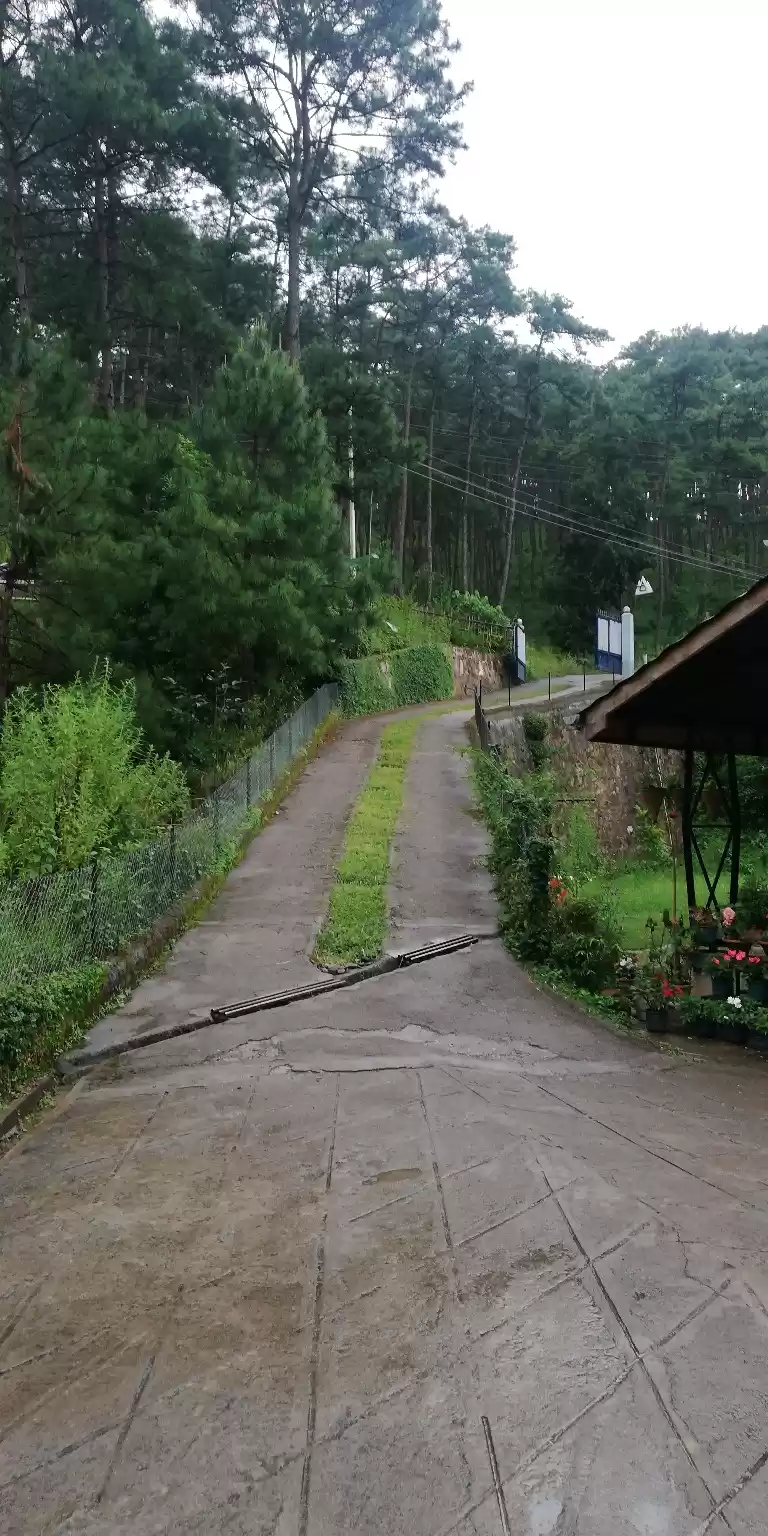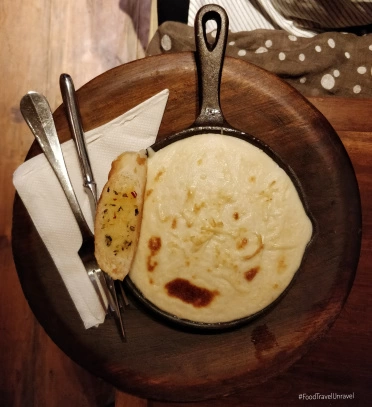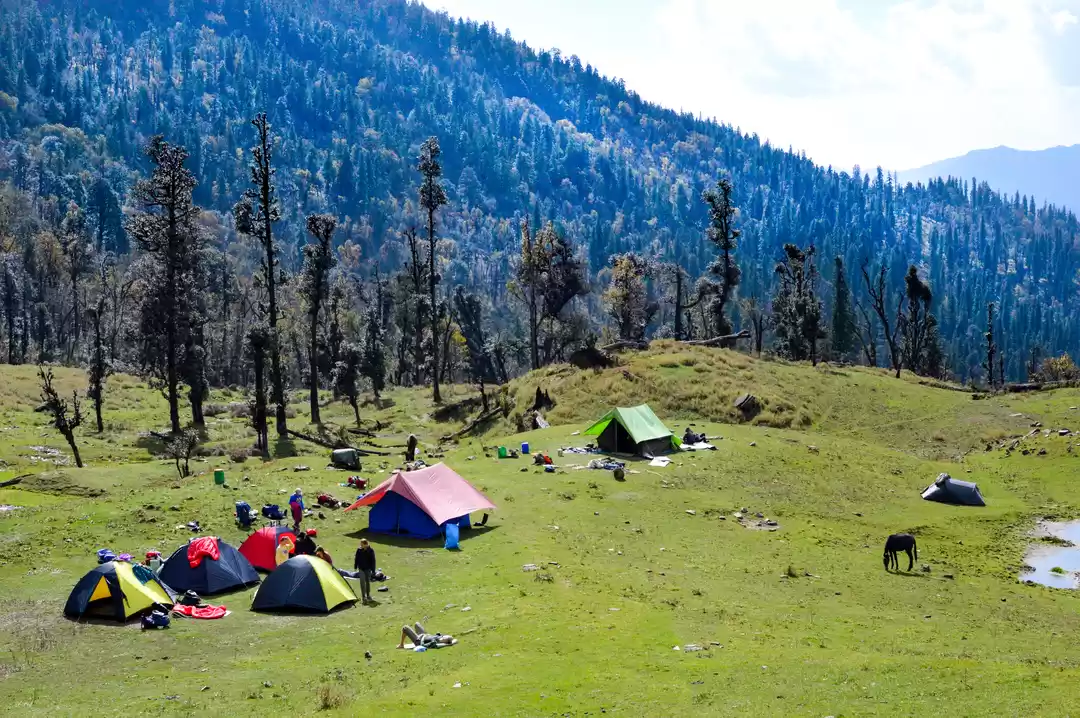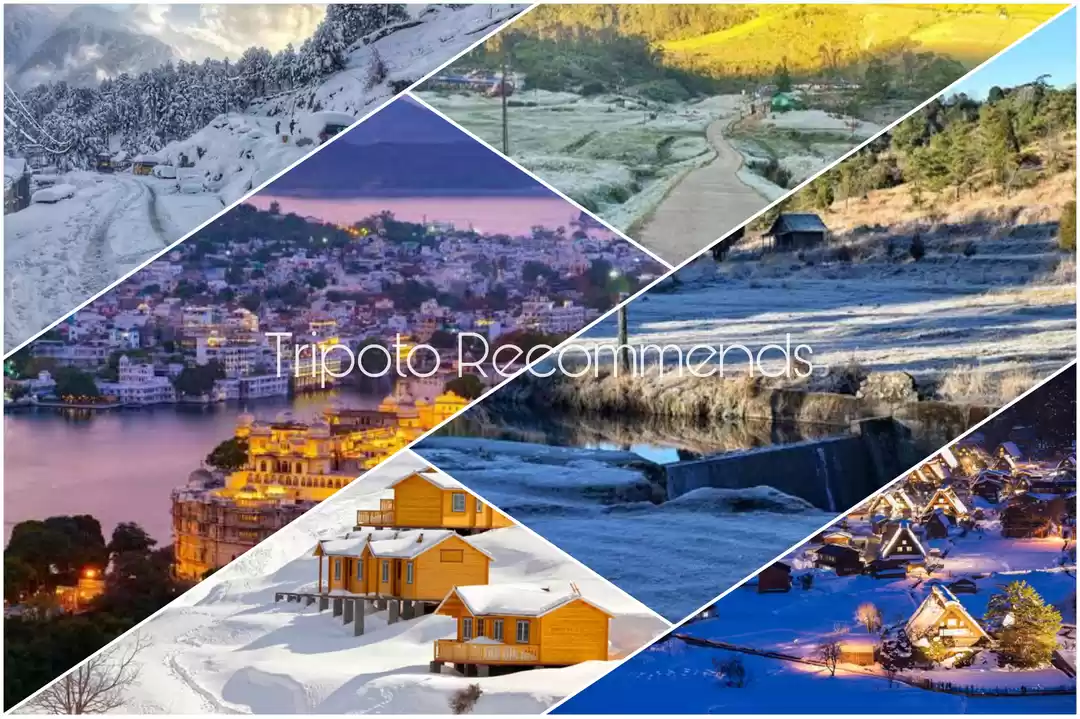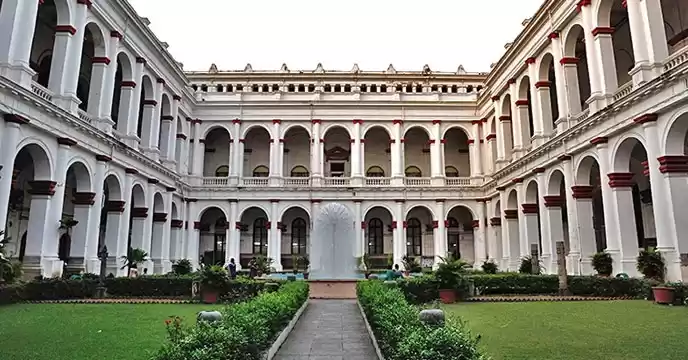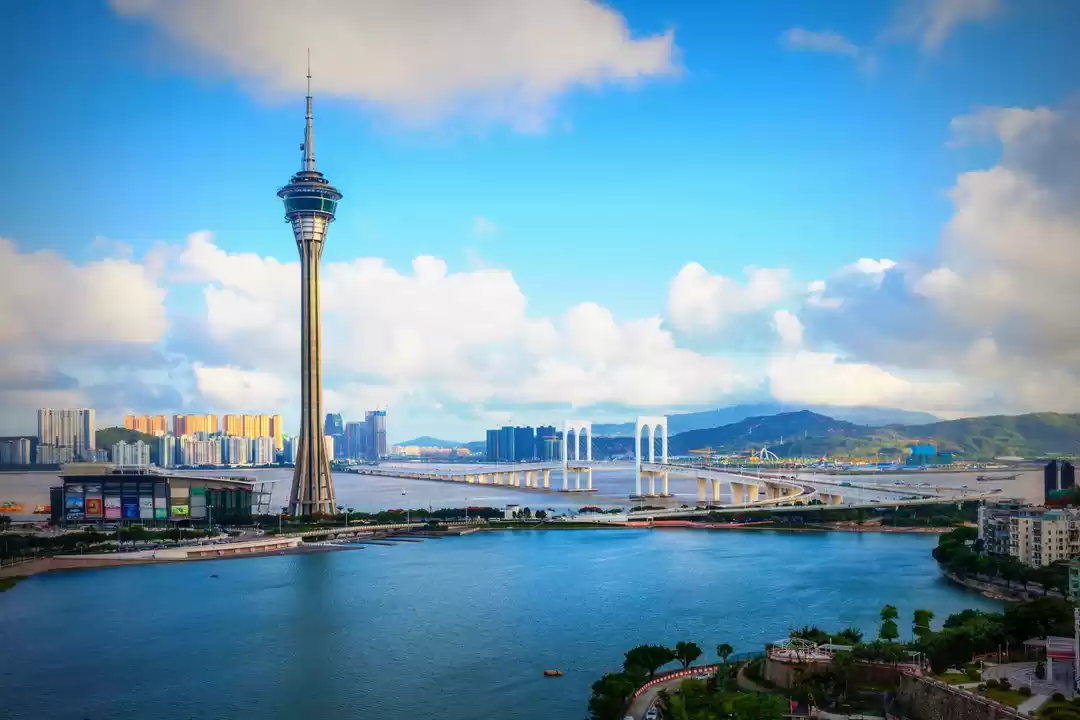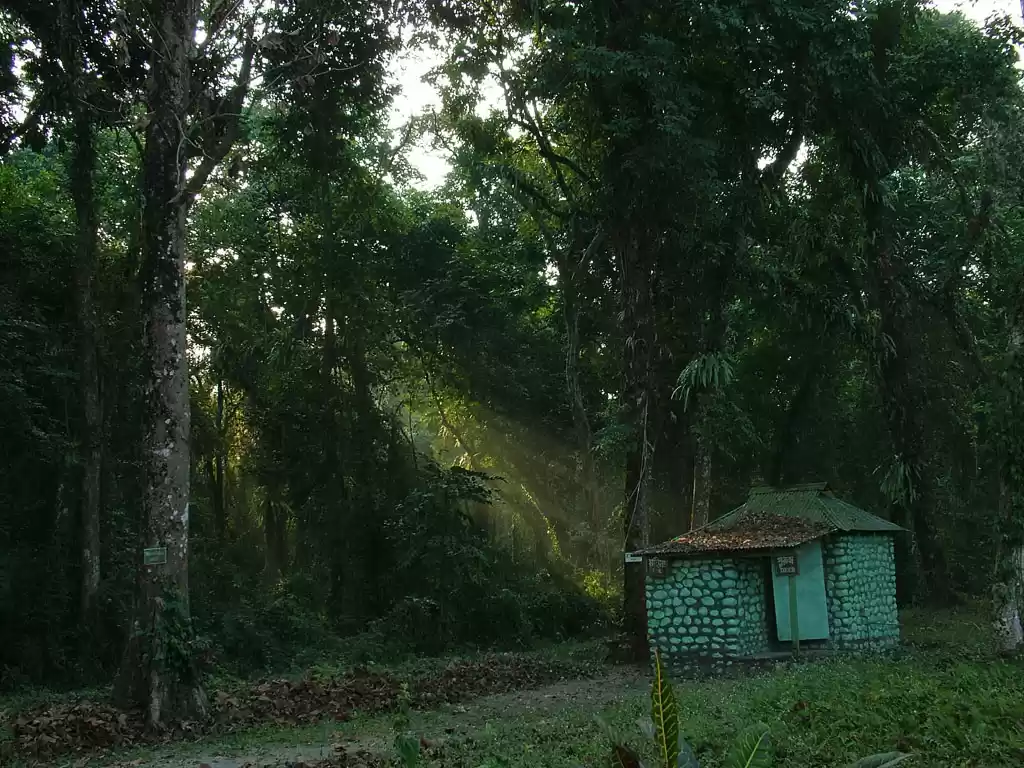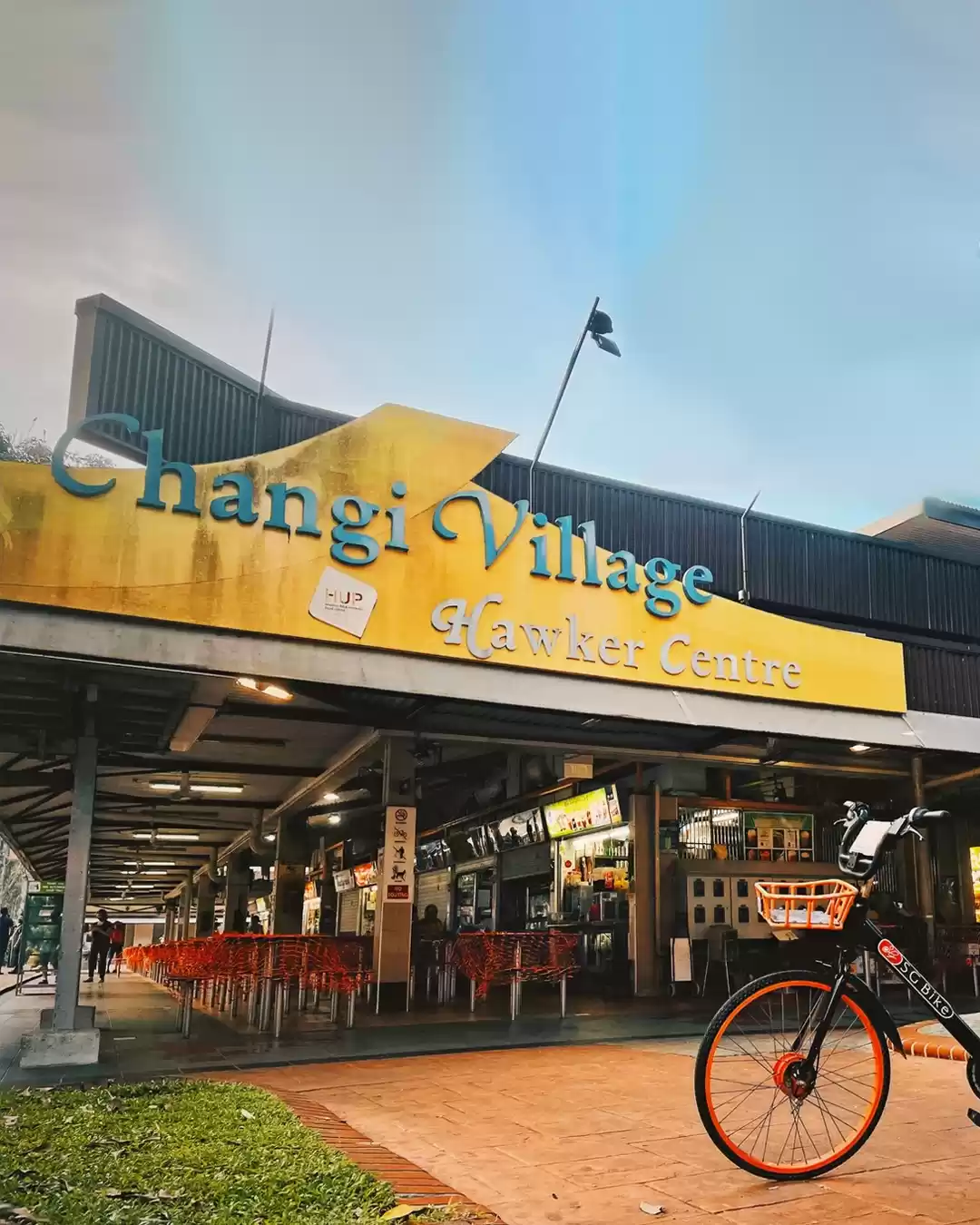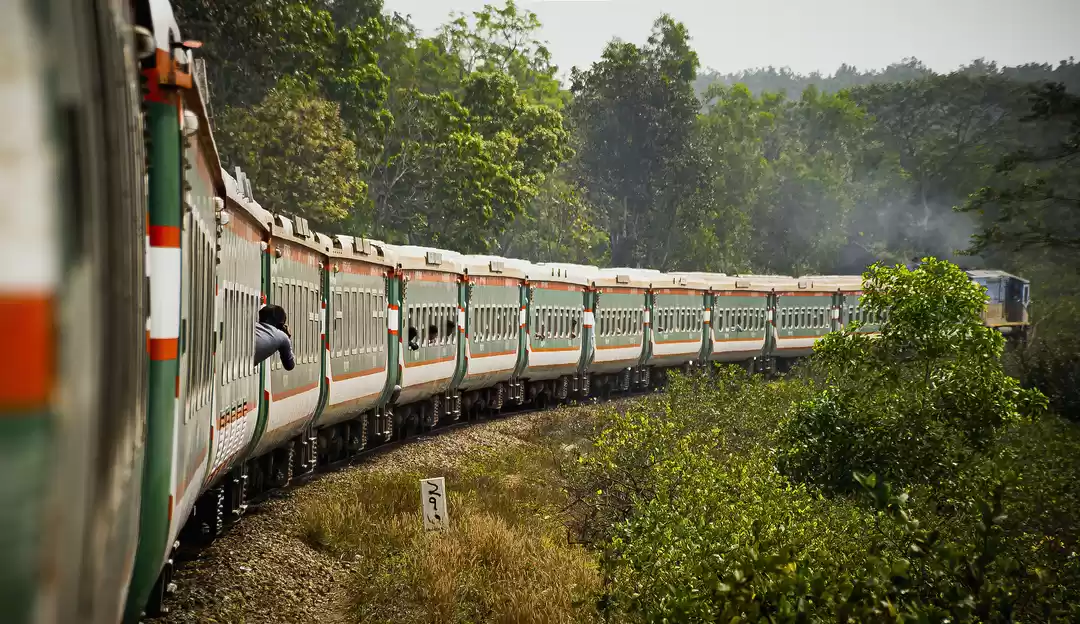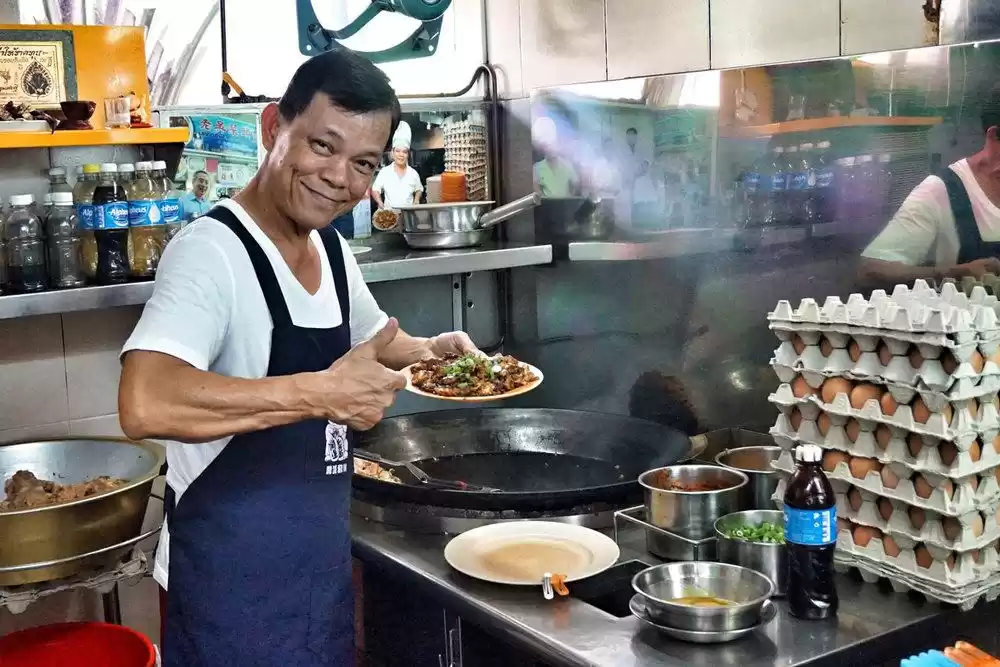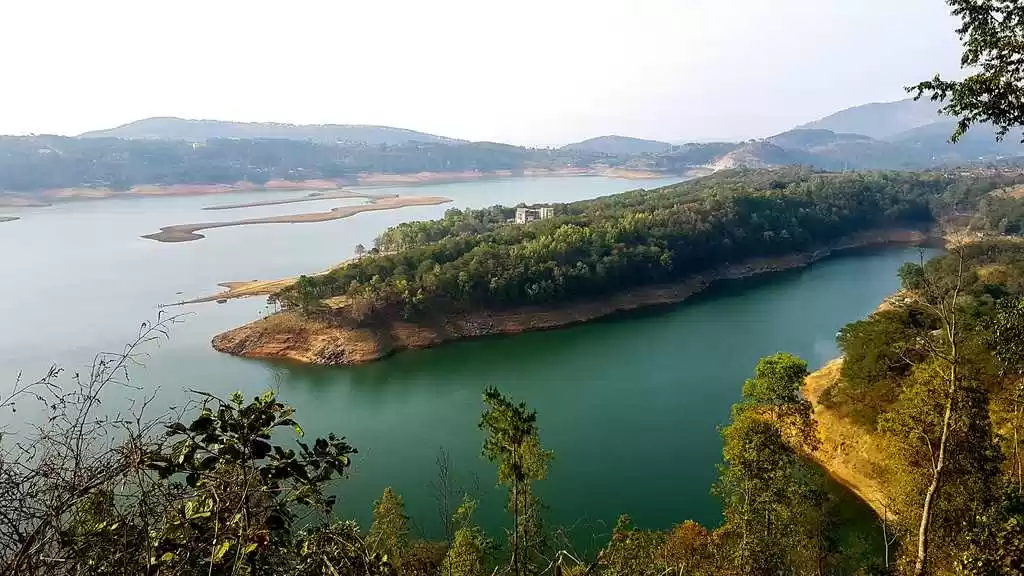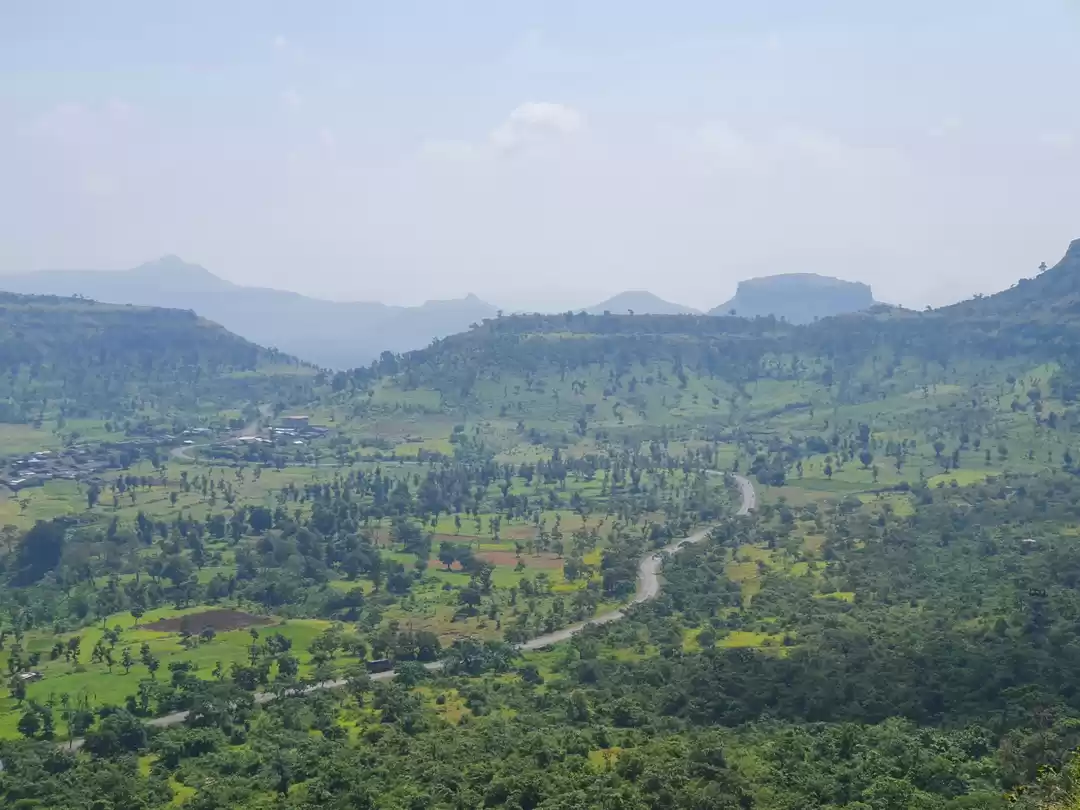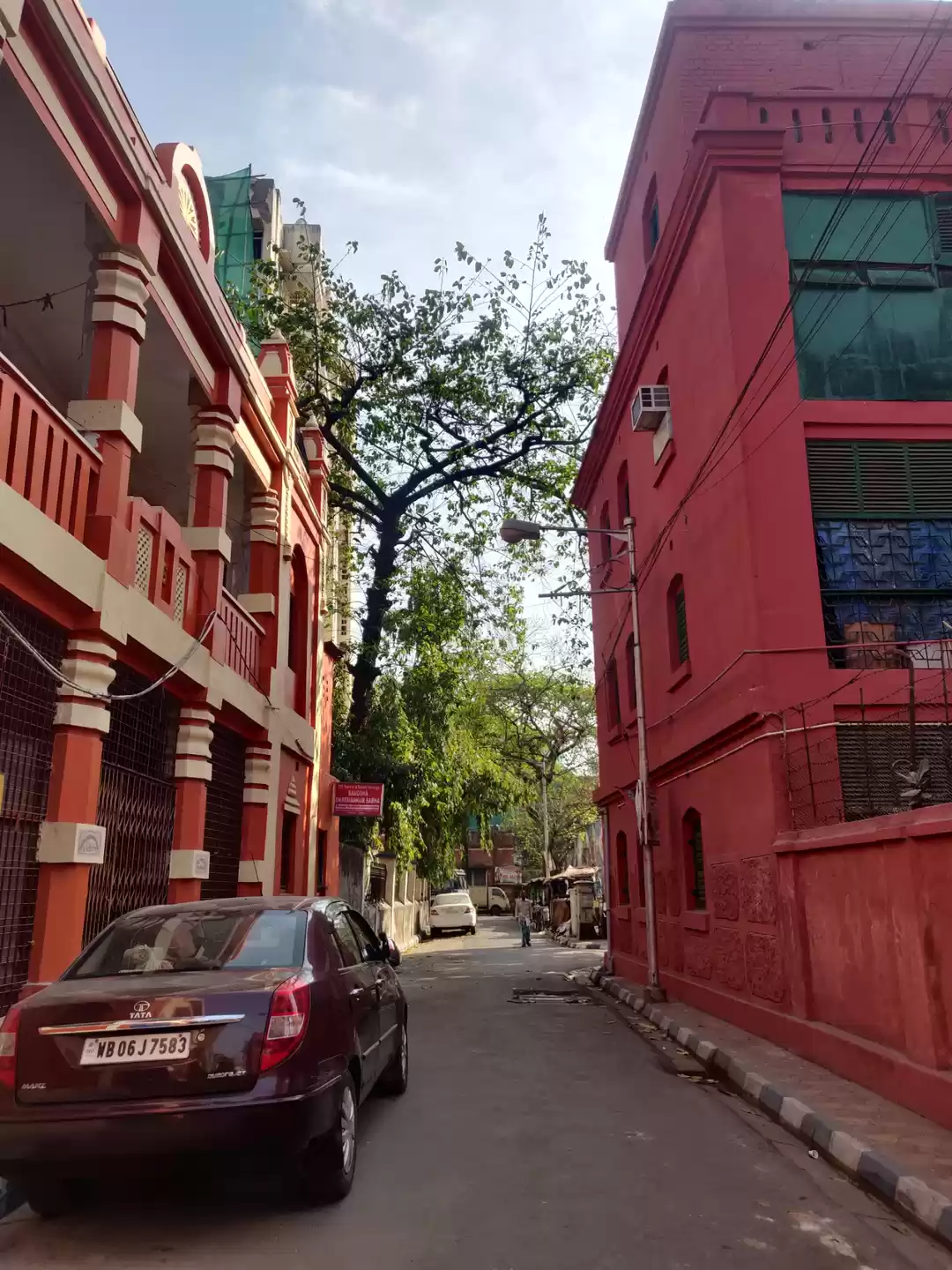Have you ever wondered what it would be like to explore the hidden and mysterious world of the indigenous cultures of North-East India? If yes, then you are in for a treat at the Don Bosco Museum in Shillong, Meghalaya. The Don Bosco Museum is a one-of-a-kind museum that showcases the history, art, music, religion, and lifestyle of the people of the eight states of North-East India: Arunachal Pradesh, Assam, Manipur, Meghalaya, Mizoram, Nagaland, Sikkim, and Tripura.
The museum is a treasure trove of information and artifacts that will take you on a journey through the diverse and vibrant cultures of the region. The Don Bosco Museum is located in Shillong, the capital city of Meghalaya, which is also known as the “Scotland of the East” for its scenic beauty and pleasant climate.
In this article, we will tell you everything you need to know about the Don Bosco Museum, such as the galleries and exhibits, the research and publication wing, the tips and suggestions for visiting the museum, and the adventure activities and experiences in and around Shillong.
The Galleries and Exhibits of the Don Bosco Museum

The Don Bosco Museum is a seven-storey building that houses 17 galleries and exhibits, each dedicated to a different aspect of the indigenous cultures of North-East India. The museum covers a total area of 56,000 square feet and displays more than 3,000 items and artifacts that represent the history, art, music, religion, and lifestyle of the people of the region. The museum also has a skywalk that offers a panoramic view of the city of Shillong and the surrounding hills.
The galleries and exhibits of the Don Bosco Museum are as follows:
Prehistory Gallery: This gallery showcases the prehistoric and archaeological findings from the region, such as stone tools, fossils, pottery, coins, and inscriptions. It also displays the maps and models of the migration and settlement patterns of the people of the region.
Land and People Gallery: This gallery depicts the geographical and demographic features of the region, such as the rivers, mountains, forests, wildlife, climate, and population. It also displays the flags and emblems of the eight states of the region, as well as the photographs and profiles of the prominent personalities and leaders of the region.
Fishing Gallery: This gallery exhibits the various types of fishing methods and equipment used by the people of the region, such as nets, traps, hooks, spears, and baskets. It also displays the different kinds of fish and aquatic animals found in the region, as well as the rituals and festivals associated with fishing.
Hunting Gallery: This gallery exhibits the various types of hunting methods and equipment used by the people of the region, such as bows, arrows, guns, knives, and snares. It also displays the different kinds of animals and birds hunted in the region, as well as the rituals and festivals associated with hunting.

Agriculture Gallery: This gallery exhibits the various types of agriculture and cultivation practices and techniques used by the people of the region, such as shifting cultivation, terrace farming, wet rice cultivation, and horticulture. It also displays the different kinds of crops and fruits grown in the region, as well as the tools and implements used for farming.
Technology Gallery: This gallery exhibits the various types of technology and innovation developed and used by the people of the region, such as weaving, pottery, metalwork, woodwork, and papermaking. It also displays the different kinds of products and artifacts made by the people of the region, such as textiles, baskets, utensils, furniture, and paper.
Art Gallery: This gallery exhibits the various types of art and craft created and practiced by the people of the region, such as painting, sculpture, carving, embroidery, and beadwork. It also displays the different kinds of materials and motifs used by the people of the region, such as bamboo, cane, wood, clay, metal, silk, cotton, and beads.
Music Gallery: This gallery exhibits the various types of music and musical instruments played and enjoyed by the people of the region, such as drums, flutes, guitars, violins, and harmoniums. It also displays the different kinds of songs and genres of music popular in the region, such as folk, classical, rock, pop, and rap.
Religion Gallery: This gallery exhibits the various types of religion and religious beliefs and practices followed and observed by the people of the region, such as Christianity, Hinduism, Buddhism, Islam, and animism. It also displays the different kinds of symbols, icons, idols, scriptures, and rituals associated with each religion.

Weapons Gallery: This gallery exhibits the various types of weapons and warfare used and engaged in by the people of the region, such as swords, daggers, spears, shields, and helmets. It also displays the different kinds of battles and conflicts fought in the region, as well as the heroes and martyrs of the region.
Costumes Gallery: This gallery exhibits the various types of costumes and clothing worn and adorned by the people of the region, such as dresses, skirts, jackets, shawls, hats, and jewelry. It also displays the different kinds of fabrics and colors used by the people of the region, as well as the occasions and festivals for which they wear them.
Housing Gallery: This gallery exhibits the various types of housing and architecture built and inhabited by the people of the region, such as huts, cottages, bungalows, and palaces. It also displays the different kinds of materials and designs used by the people of the region, as well as the interiors and furnishings of their houses.

Food Gallery: This gallery exhibits the various types of food and cuisine prepared and consumed by the people of the region, such as rice, meat, fish, vegetables, fruits, and spices. It also displays the different kinds of dishes and delicacies popular in the region, as well as the utensils and methods used for cooking.
Basketry Gallery: This gallery exhibits the various types of basketry and weaving done and used by the people of the region, such as mats, bags, hats, and trays. It also displays the different kinds of patterns and styles of basketry and weaving, as well as the materials and techniques used for making them.
Ornaments Gallery: This gallery exhibits the various types of ornaments and jewelry worn and used by the people of the region, such as necklaces, earrings, bracelets, and rings. It also displays the different kinds of materials and designs of ornaments and jewelry, as well as the meanings and significance of them.
Festivals Gallery: This gallery exhibits the various types of festivals and celebrations celebrated and enjoyed by the people of the region, such as Christmas, Diwali, Bihu, Hornbill, and Wangala. It also displays the different kinds of customs and traditions of each festival, as well as the dances and performances that accompany them.
Documentation Gallery: This gallery exhibits the various types of documentation and records of the indigenous cultures of the region, such as books, journals, newsletters, photographs, and videos. It also displays the different kinds of research and publication projects and products of the museum, such as the North East India Cultural Database, the North East India Cultural Atlas, the North East India Cultural Journal, etc.
The Research and Publication Wing of the Don Bosco Museum
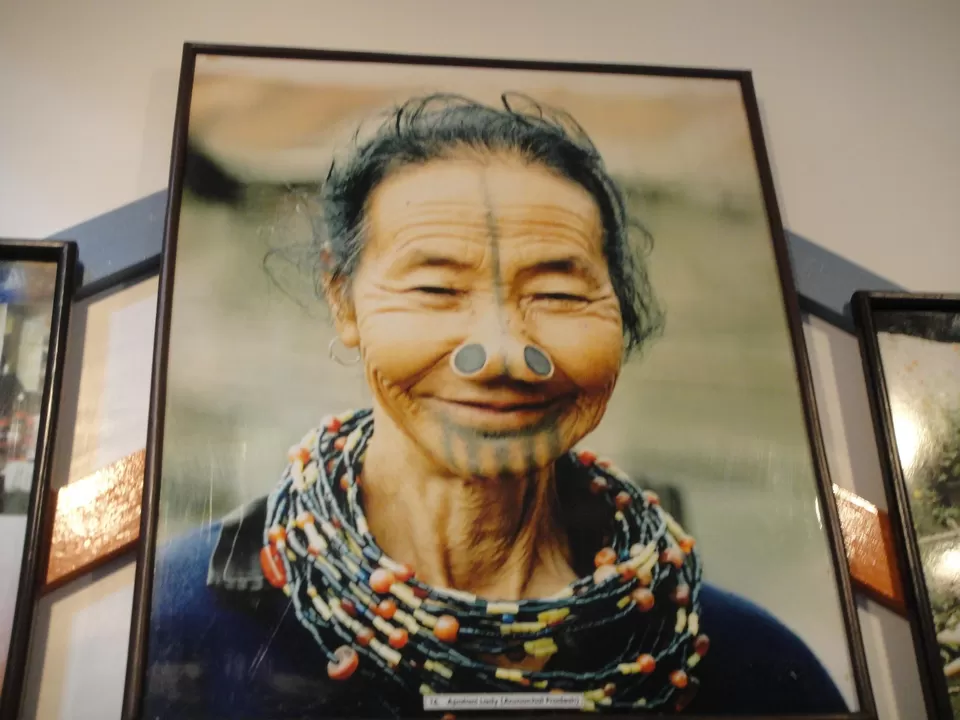
The Don Bosco Museum is not only a museum, but also a research and publication wing that conducts and disseminates research on the indigenous cultures of North-East India. The research and publication wing is a part of the Don Bosco Centre for Indigenous Cultures (DBCIC), which aims to document, preserve, and promote the cultural heritage of the region, as well as to foster intercultural dialogue and understanding among the people of the region.
The Tips and Suggestions for Visiting the Don Bosco Museum

If you are planning to visit the Don Bosco Museum, here are some useful and relevant tips and suggestions that will help you make the most of your visit:
Timing: The Don Bosco Museum is open from Monday to Saturday, from 9:00 am to 5:30 pm. The museum is closed on Sundays and public holidays. The best time to visit the museum is in the morning or afternoon, when the museum is less crowded and the skywalk is more visible.
Entry Fee: The Don Bosco Museum charges a nominal entry fee of Rs. 100 for adults and Rs. 50 for students and children. The entry fee includes access to all the galleries and exhibits, as well as the skywalk. The entry fee can be paid at the ticket counter at the entrance of the museum.
Location: The Don Bosco Museum is located in Mawlai, about 6 km from the city center of Shillong. The museum is easily accessible by public transport, such as buses, taxis, and auto-rickshaws. The nearest bus stop is Mawlai Nonglum, and the nearest taxi stand is Mawlai Phudmuri. The museum is also well signposted and visible from the main road.
The Don Bosco Museum is a unique and fascinating museum that showcases the indigenous cultures of North-East India, through 17 galleries and exhibits that cover various aspects and features of the history, art, music, religion, and lifestyle of the people of the region. The museum is a must-visit for anyone who wants to experience and learn more about the rich and diverse cultures of North-East India.

